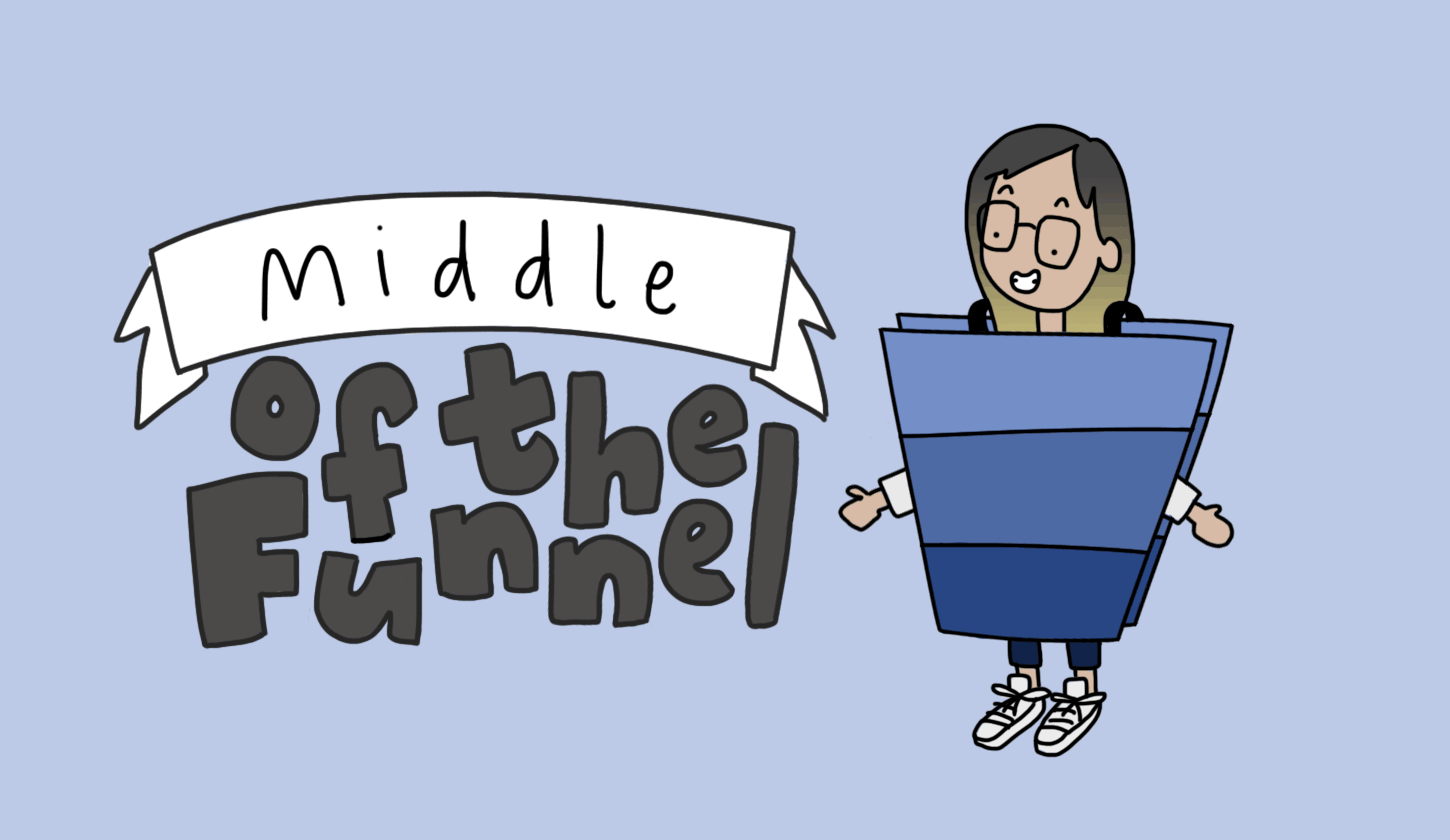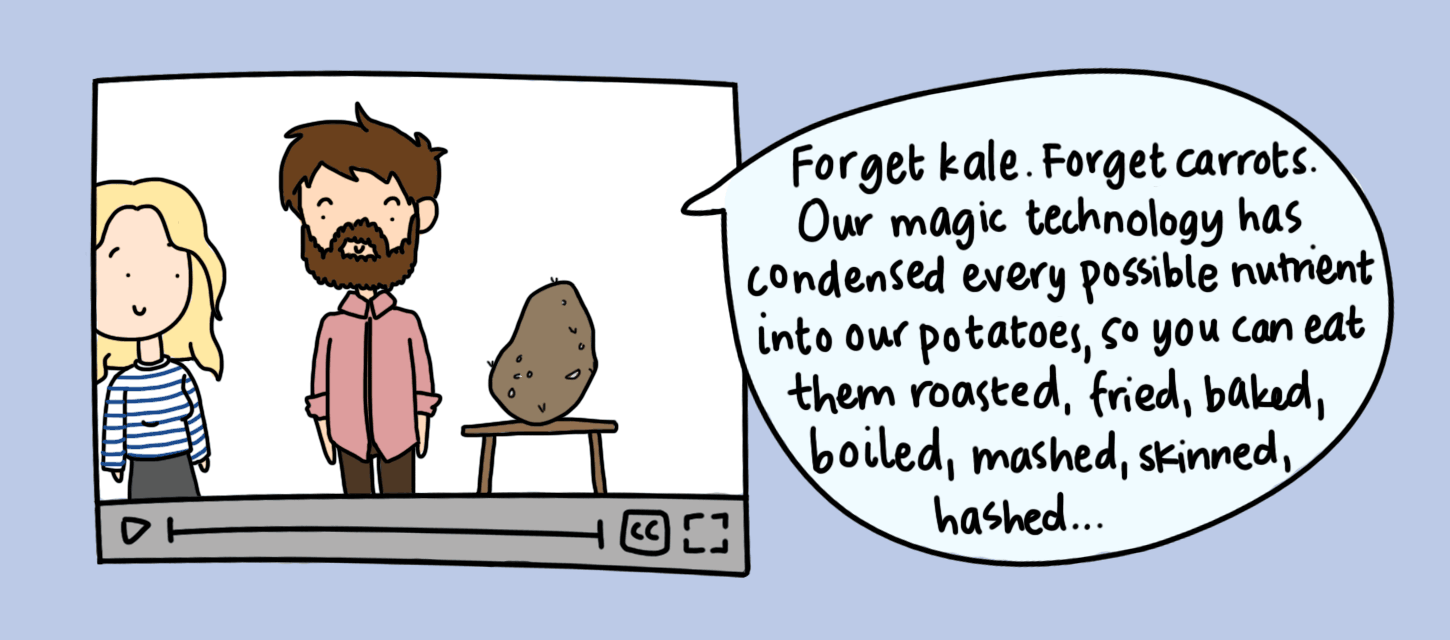BLOG
A Guide to Converting Through the Sales Funnel with Video
Visuals are processed by the brain 60,000 times faster than text and are the preferred option for gathering information due to its lack of cognitive strain.
The result? Video marketing in the sales funnel works exceptionally well to facilitate the decision-making process.
And to make things even sweeter, with the right platforms in place, the analytics and insights from video can govern and optimise everything from your advertising creative to your lead scoring models.
Before we get stuck into the juicy stuff, here are the latest groundbreaking stats to suck you in according to Hubspot:
- 200-300% increase in click-through rates when used in an email, as reported by Forrester
- By 2019, Video would generate 80% of all the Web Traffic.
- 80% increase in conversion rates when used on a landing page, as reported by Unbounce
Let’s crack on.
I’ve broken down the sales funnel to its most basic form, with three key areas of focus to guide you through the what, how and why of your video marketing strategy.
Top of Funnel: Generating Brand awareness from the get-go
(aka my favourite marketing acronym, TOFU)

Target and scale with videos that:
- Generate brand awareness
- Bring your brand top of mind
- Put your value proposition front and centre
- Build presence and reputation through consistent content creation
Which type of videos should I create?

“Welcome to my brand. You know those sucky problems you are facing? We solve them all. Notice me!”
- Educational/instructional videos: You know those ones with the eye-catching clickbaity how-to videos that somehow know exactly what you’re looking for in life? Those, except more informative and more conducive to the decision-making process. Obviously.
- Explainer videos: Similar to the one above, but less how-to and more here’s-why. Draw people in by answering their hard-pressed questions in an easy-to-digest format.
Where should I be posting?
- Facebook, where you can target and retarget the most engaged audiences.
- Instagram, where you can basically do the exact same thing as above because as you probably already know, Facebook owns Instagram.
- YouTube, which is a search engine itself, and with some handy SEO tactics up your sleeve, you could rank highly and answer TOFU kinda questions.
Middle of Funnel: Qualify Leads and Personalise

Lead your future customers through your sales funnel with:
- Nurture through educational videos
- Deepen the understanding of your product offering
- Satisfy the lead’s need to research and evaluate
Which type of videos should I create?

“Thanks for noticing me. Now, trust me. I’m an expert and people just like you are obsessed with me.”
- Product videos: Time to strut your stuff and flaunt what you got. Your campus facilities, your display suite, your product demo, whatever it is, this is your chance to feature every last facet.
- Case Study/Testimonial videos: Break down the evidence that you’re as killer as you say you are. It’s like year 7 English class all over again – bring in the statistics and the anecdotal evidence to support your case.
- Company videos: Whether you’re an established organisation with 57 years in the business or you’re a newcomer with a handful of success stories (and plenty of cut-through), videos that can portray your life essence and everything you stand for will sell your brand.
Where should I be posting?
- Your blog, which means it can be hosted just about anywhere. If you’ve started on YouTube, build the archive there AS WELL AS your blog so leads can refer back to somewhere familiar.
- Send them out via email marketing using fancy marketing automation features like trigger emails or nurture campaigns to make sure they’re receiving the content at staggered but relevant times in their evaluation.
- Still Facebook, still Instagram, because of retargeting and staying top of mind! But don’t hammer it too hard and bore people with the same ads and content over and over and over and over and over and over and over…
Bottom of Funnel: Time to convert

Convert your leads into buying –happy– customers with videos that:
- Tackle and alleviate every last reservation
- Provide a clear call to action
- Leave a lasting impression
Which type of videos should I create?

“I am the best; better than the rest. Trust me. Love me. Get to know me! The real me!”
- Interview/Talking Head videos: Your team has a wealth of knowledge, and they are your biggest asset in shedding light on your product offering and building rapport. Introduce them to the online world and provide a more personal perspective.
- Live videos: If you’ve come this far and your lead has trickled all the way through to the bottom of the funnel, they’re ready to engage. They’re ready for you to reach them on a more intimate platform with insider information.
- Stories: Similar to live videos, but without the pressure of getting it right the first time. Stories are available on Instagram, Facebook and Snapchat, but have proven effective on but the first two options.
Where should I post?
- Facebook stories and live videos and Instagram, duh! Because you go where the stories are, or the good ones at least.
- And really just more of the same as top and middle of the funnel. Social ads, blog and email, all within reason of course!
6 Key Takeaways for your next Video Marketing Campaign
Indian food is always a good one to take away, as long as you store it safely for later consumption. Now that we’ve taken care of the most important takeaway, here are the rest.
- Start by establishing your business as a problem-solving guru with a mixture of thought leadership and tutorials. Address concerns and allude to concrete solutions that only you and your team can provide.
- Now it’s time to demonstrate value. Solidify the solution by presenting your product and your people (both your team and your clients) in all their glory.
- Finish off by driving home your point of difference, because you’re clearly better than your competitors. You’re trustworthy, you’re relatable and you understand.
Bonus takeaways! When planning out your video marketing strategy, consider:
- The brand you’ve already established. Does your video strategy match your other creative? Does it convey the same tone of voice and brand persona?
- The broader scope of your digital marketing strategy. What channels are you using? Does your video marketing strategy align with everything from your above the line advertising to your Facebook advertising?
- Timing and channels. Video is available on a vast majority of platforms, from the ones that are based entirely around video (YouTube, Vimeo) to the ones that have adopted it (Facebook, Instagram). Think about where your target audience is and when.











